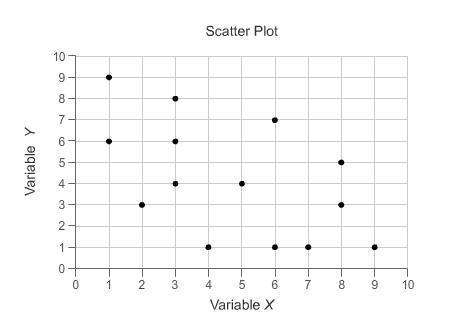Given the list of the following numbers:
28, 90, 17, 0, 35, 77, 10
Juan ran...

Mathematics, 25.05.2020 05:58, fansofboys
Given the list of the following numbers:
28, 90, 17, 0, 35, 77, 10
Juan randomly selects one of the numbers.
What is the probability that the number Juan selects is an even number?
Enter your answer as a simplified fraction, as a decimal number, and as a percent.
Fraction (Use / to write your fraction): The probability of selecting an even number is .
Decimal Number (round to the nearest hundredth): The probability of selecting an even number is .
Percent (round to the nearest integer): The probability of selecting an even number is %.

Answers: 3
Other questions on the subject: Mathematics

Mathematics, 21.06.2019 19:40, NobleWho
Neoli is a nurse who works each day from 8: 00 am to 4: 00 pm at the blood collection centre. she takes 45 minutes for her lunch break. on average, it takes neoli 15 minutes to collect each sample and record the patient's details. on average, how many patients can neoli see each day?
Answers: 3

Mathematics, 21.06.2019 20:00, duhitzmay4693
The scatterplot below shows the number of hours that students read weekly and the number of hours that they spend on chores weekly. which statement about the scatterplot is true?
Answers: 2


Mathematics, 21.06.2019 21:40, joeykyle05
Write the contrapositive of the conditional statement. determine whether the contrapositive is true or false. if it is false, find a counterexample. a converse statement is formed by exchanging the hypothesis and conclusion of the conditional. a) a non-converse statement is not formed by exchanging the hypothesis and conclusion of the conditional. true b) a statement not formed by exchanging the hypothesis and conclusion of the conditional is a converse statement. false; an inverse statement is not formed by exchanging the hypothesis and conclusion of the conditional. c) a non-converse statement is formed by exchanging the hypothesis and conclusion of the conditional. false; an inverse statement is formed by negating both the hypothesis and conclusion of the conditional. d) a statement not formed by exchanging the hypothesis and conclusion of the conditional is not a converse statement. true
Answers: 1
Do you know the correct answer?
Questions in other subjects:





Mathematics, 01.12.2020 19:50



English, 01.12.2020 19:50








